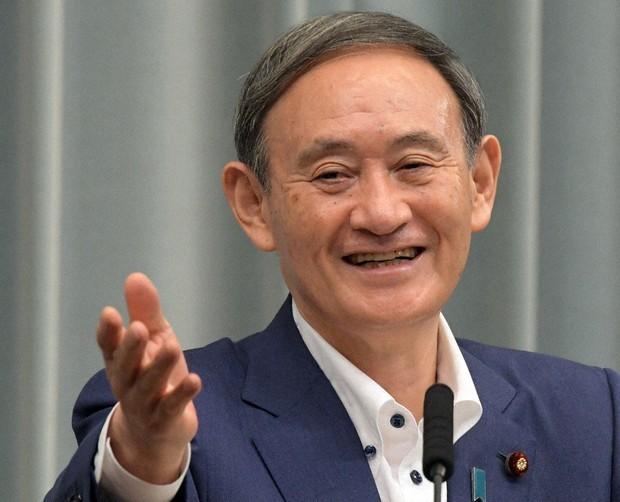Japan’s “Yomiuri Shimbun” recently reported that three months after taking office, Japanese Prime Minister Yoshihide Suga has not moved into the prime minister’s residence next to the Prime Minister’s Office building.
Instead, he took a 3-minute round trip from the House of Representatives. For unknown reasons, the mansion of Japan’s most powerful man has been vacant for 8 years.
There are rumors that there are “ghosts haunting” the Prime Minister’s residence because there have been bloody historical events such as the “26 Incident” and the attempted military coup in 1936.
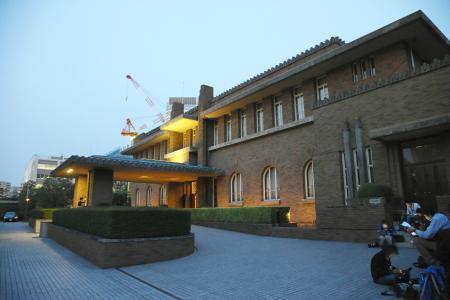
According to reports, the Prime Minister’s Office building is the working place of the Prime Minister, and the place allocated to the leader to live is called the official residence.
After Yoshihide Suga took office, a reporter asked whether he would move into the official residence, but Yoshihide Suga avoided answering.
Yoshihide Suga said: “Whether I live in the official residence or not, I will work hard to ensure that the government’s crisis management is not negligent.” Although many government officials suggested that the prime minister move into the official residence for reasons of security and crisis response, Yoshihide Suga There is no such plan.
According to reports, the Japanese Prime Minister’s residence is a four-story reinforced concrete building with a total construction area of about 7,000 square meters.
According to the National Public Officials Housing Act, prime ministers can live for free. In addition to its function as a residence, the Prime Minister’s residence also has an office and a reception hall, which can be used for telephone conversations with world leaders or for holding formal dinners.
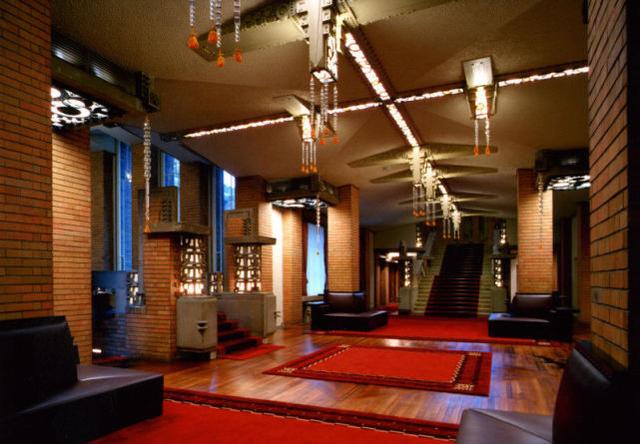
Since taking office as Prime Minister of Japan in September, Yoshihide Suga has held the first telephone talks with Chinese and American leaders at the prime minister’s residence.
Even if the prime minister’s residence is vacant most of the time, the Japanese government will allocate approximately 160 million yen in its fiscal year budget for operation and maintenance.
According to the report, the former Prime Minister’s Building was used as the new official residence to protect this building with important historical and cultural value.
The former prime minister’s office building was the first central government office building rebuilt in Japan after the Great Kanto Earthquake in 1923.
During the establishment of the Japanese Prime Minister’s residence, 42 prime ministers from Yoshiichi Tanaka to Junichiro Koizumi have stayed in in 73 years, witnessing the turbulent political situation in Japan.
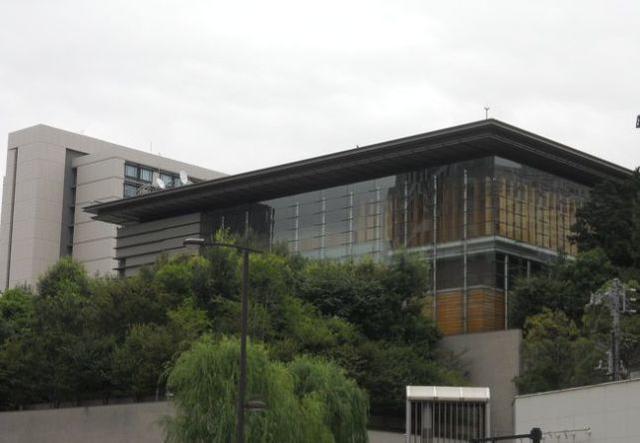
The mansion is also a place to witness historical moments. In 1971, the signing ceremony of the agreement on the return of Okinawa between the United States and Japan was held, and in 1978, the exchange ceremony of the ratification of the Sino-Japanese Treaty of Peace and Friendship was held. But it has also witnessed tragedies.
In 1932, then Prime Minister Inuyang Takeshi was shot dead in the attempted military coup “May 15 Incident”; in 1936, then Prime Minister Keisuke Okada’s brother-in-law was shot dead in the “Twenty Six Incident”.
An administrative official in the Prime Minister’s Office stated that there was a hole about one centimeter in diameter in the window of the main entrance, which is generally believed to have been left by a bullet in that incident, but this claim has never been confirmed.
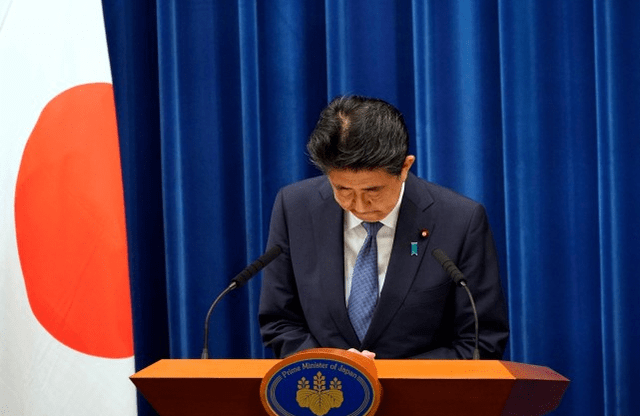
Because of this history, rumors of “haunted” official residences have always existed. So far, seven prime ministers have lived in the current residence, but since Noda Yoshihiko stepped down in December 2012, no prime minister has lived.
Former Japanese Prime Minister Shinzo Abe moved into the official residence when he took office for the first time in 2006, but after taking over for Noda Yoshihiko and starting his second administration, he did not live in the official residence, but chose to live in his house in the Tomiya area of Tokyo.
In May 2013, an opposition lawmaker asked Abe in a letter of intent: “You did not move into the official residence, is it because there are ghosts?” The Abe cabinet replied: Abe “does not know” the rumors about ghosts.
But Yoshihide Suga, who was the Chief Cabinet Secretary at the time, was also asked at the press conference, “Do you feel the presence of ghosts?” At that time, he smiled and replied, “Since you mentioned it, maybe it is.”
The report mentioned that among the seven prime ministers who lived in the official residence, except Junichiro Koizumi, the other prime ministers were forced to step down after only about a year in office.
When Abe became prime minister for the second time, he did not move into the official residence. His term as prime minister lasted 7 years and 9 months, the longest in Japanese history.
In the Nagatacho area of Tokyo, the political nerve center of Japan, there is a legend circulating: “Moving into the official residence means that the prime minister’s term will soon end.”


